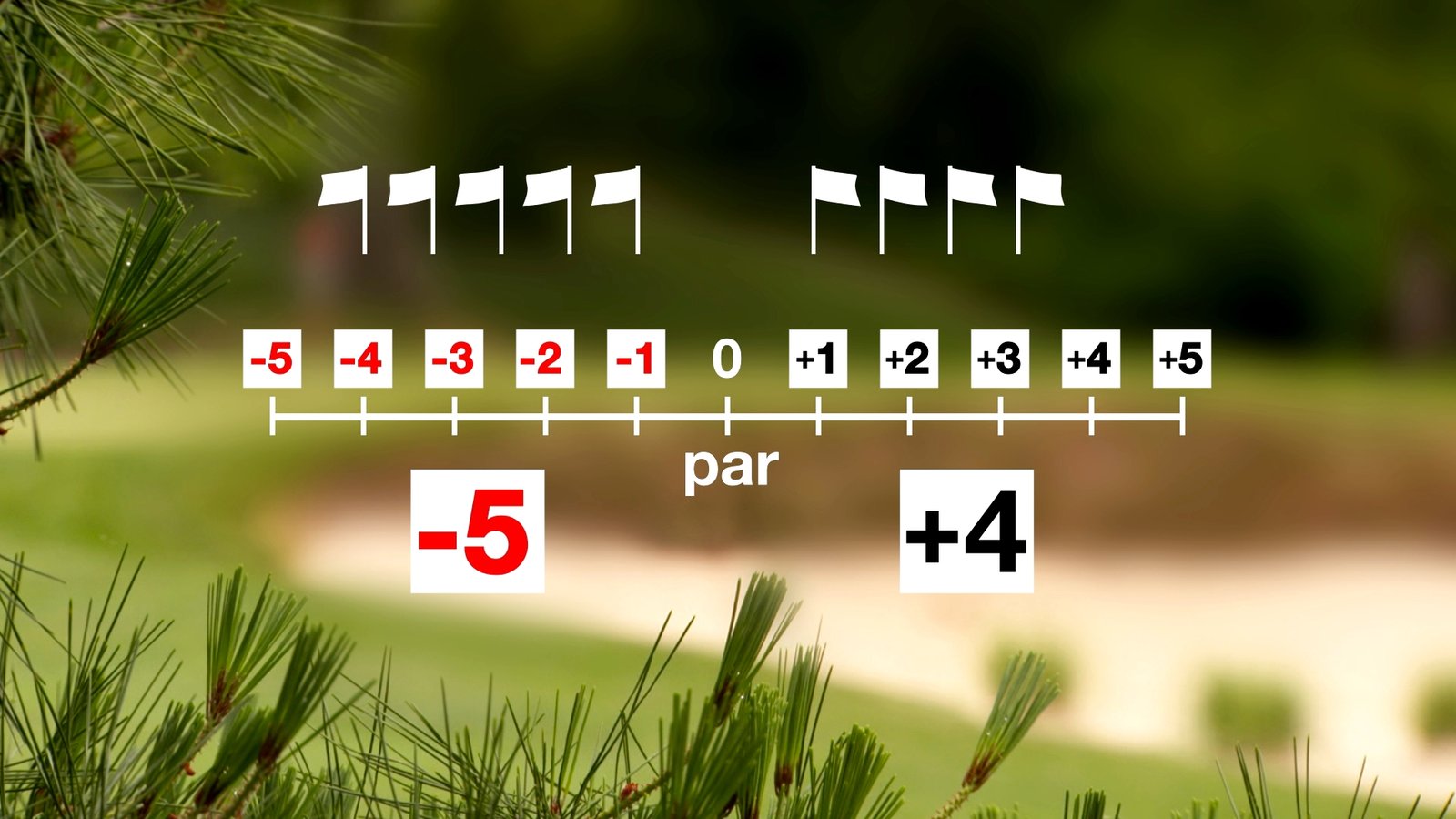Golf is a fun and popular sport. People of all ages play it. But golf can be confusing. Especially when it comes to scores. Many sports want high scores. But golf is different. In golf, a negative score is good. Let’s find out why.
Understanding Golf Scores
In golf, each hole has a par. Par is the number of strokes to complete a hole. If a hole has a par of 4, you should take 4 strokes. This makes par.
If you take fewer strokes, you get a negative score. This is good. Let’s look at some examples.
Examples Of Golf Scores
| Strokes | Score |
|---|---|
| 3 | -1 (one under par) |
| 4 | 0 (par) |
| 5 | +1 (one over par) |
As you can see, fewer strokes are better. More strokes add to your score. In golf, you want to be under par.

Credit: www.reddit.com
Why Negative Scores Matter
Negative scores show skill. The fewer strokes you take, the better. Professional golfers aim for negative scores. This means they are playing well.
Negative scores also make the game more exciting. They show who is leading. They show who is falling behind. Watching a golfer get a negative score is thrilling.

Credit: negativeunderwear.com
How to Get Negative Scores
Getting a negative score takes practice. Here are some tips to help.
- Practice your swing. A good swing is key.
- Work on your putting. This is important for fewer strokes.
- Study the course. Know where to aim.
- Stay calm. Focus on each shot.
Follow these tips. Soon, you may see negative scores in your game.
Frequently Asked Questions
What Does Negative Mean In Golf?
Negative in golf usually refers to a lower score. Lower scores are better.
Why Is A Negative Score Good In Golf?
A negative score means you shot under par. That’s very good in golf!
How Do You Get A Negative Score In Golf?
You get a negative score by completing the course with fewer shots than par.
Is A Negative Score Common In Golf?
No, it’s not common. Only skilled golfers often achieve negative scores.
Conclusion
In golf, negative is good. It shows skill. It makes the game fun. Understanding golf scores is important. Aim for fewer strokes. Practice hard. Enjoy the game!









Leave a Reply